On a mid-January Friday night, Savannah Thais stood at the podium in International House’s Assembly Hall and shared some of her experiences as a female student in physics. She described the refusal of some male students to work with her, the difficulty in finding a female professor or mentor in math or physics, and the common message from adults that “I can’t be ‘girly’ and good at physics."
Providing more support for young scholars like Thais was a main goal of the Midwest Conference for Undergraduate Women in Physics, or CUWiP, a four-day event attracting more than 200 female physics students from schools that included Purdue, Wheaton College and Northwestern University. The University of Chicago was one of eight hosts of the conference nationwide, and the conference’s organizing committee drew UChicago students and faculty, including Thais, a fourth-year in the College.
Physics opens many career doors
Young-Kee Kim, chair of the committee and Louis Block Professor in Physics, believes that CUWiP’s most valuable function is to forge connections between young female physicists. These women often feel isolated within their classes or research groups. “I think it’s very, very important to show these girls that it’s really not rare for women to do science,” she said. “Numbers do matter, because they help these girls know that female physicists don’t have to be something extraordinary or special. We’re ordinary people, too.”
Over the long weekend, the women had ample opportunity to connect with their fellow physics majors. During a poster session, undergraduates presented the fruits of their research projects and fielded questions from interested listeners. These projects ranged from using ultrasound to detect cancer cells less invasively to using computer models to identify and characterize galaxies in telescope images. Even meals were opportunities to exchange ideas. Seated at round tables, undergraduates conversed freely with students from different schools, graduate students and faculty members.
Beyond emotional support, Kim wanted the conference to provide concrete benefits for the students. After tours of Argonne National Laboratory and Fermi National Accelerator Laboratory on Jan. 17, the students attended panels geared specifically to physics majors on topics from defining research interests to navigating the graduate school admissions process.
Physics closes no doors, the panelists emphasized. Physics majors are coveted for jobs in academia, finance and business alike. “The career panel on Sunday gave some great examples of fulfilling and interesting careers for physics majors outside of academia,” Thais said. “I'm definitely considering a career in finance after hearing from Erin Abouzaid.” Abouzaid earned her PhD from UChicago in high-energy physics in 2007, and is currently the chief investment officer of the Stony Brook Foundation.
Talks given by prominent female physicists and professionals helped illuminate possible paths the young women could take. Michelle Larson, the president and CEO of Adler Planetarium, outlined her meandering career in astrophysics, including stints at Caltech and NASA.
Role model advice: 'Be a verb'
“Be a verb,” she told the assembled women. “Don’t talk about what you’ve done, but what you can do.” Larson drew on her own experiences as a science communicator to emphasize that the role of both museums and scientists isn’t only to deliver information, but also to inspire a sense of wonder and curiosity. “Take the public on the journey and they’ll be excited too,” she said.
These speakers didn’t shy away from answering tough questions about what it means to be a woman in science. Debra Fischer, an astrophysicist at Yale University, delivered the keynote speech to all eight of the conference sites via webcast. When asked about the challenges she faced as a woman in astronomy, Fischer mentioned the years she gave up with her son to focus on her career. But she urged the women to “be brave,” and to remember that they deserved “a seat at the table,” not as guests but as scientists in their own right.
The conference also included a joint, one-day program for science-minded high school students. Girls from Chicago schools, including the University of Chicago Charter School, Woodlawn campus, Johnson College Prep and Noble Street College Prep arrived on campus on Jan. 18 to participate in hands-on workshops. Some students constructed dye-sensitized solar cells, powered by the juice of raspberries and blackberries. Another workshop highlighted the difficulties of using telescopes to detect objects in space by challenging the students to recreate a design on a patterned cloth in a darkened room.
As with the main conference, Kim organized the high school program with the attendees in mind. “I thought it would be more useful for the high schoolers if they talked to current college students,” she explained, “because college students can relate more directly to the high schoolers.” Accordingly, over a lunch of roast beef and turkey sandwiches, the high schoolers mingled with undergraduate attendees of the conference to discuss the college application process, college life and research opportunities for high school students.
Throughout the four days of the conference, participants were continually engaged in conversations about physics, graduate school applications and shared interests. “We had more than 200 students at the conference, and through the webcasts we saw about a thousand students nationwide,” Kim said.
“It really makes the students realize, ‘Gee, there are so many girls like me doing physics.’ I hope this conference will give them the confidence and encouragement they need to continue pursuing physics.” The animated young physicists gathered in the Assembly Hall seemed well on their way.
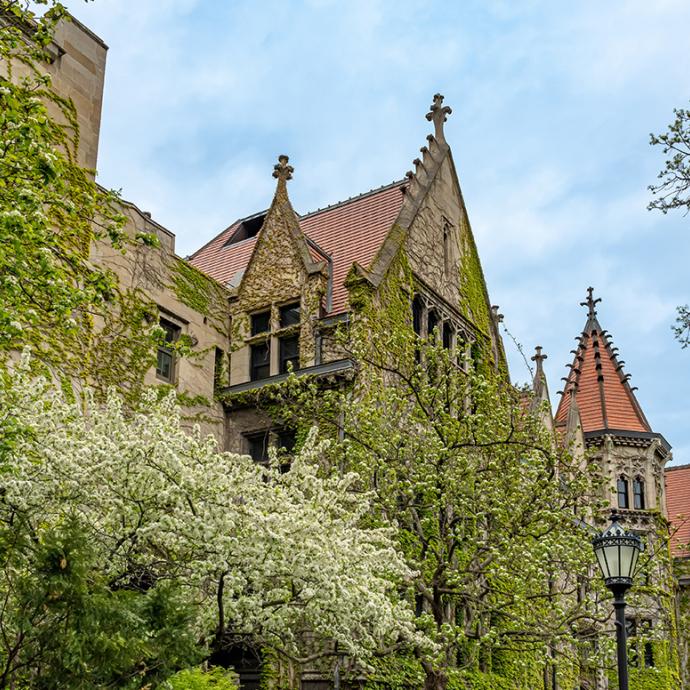
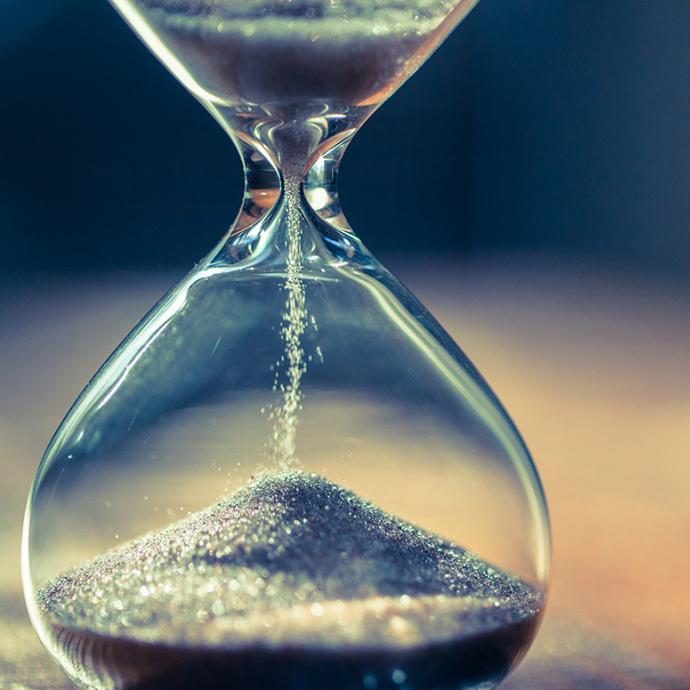
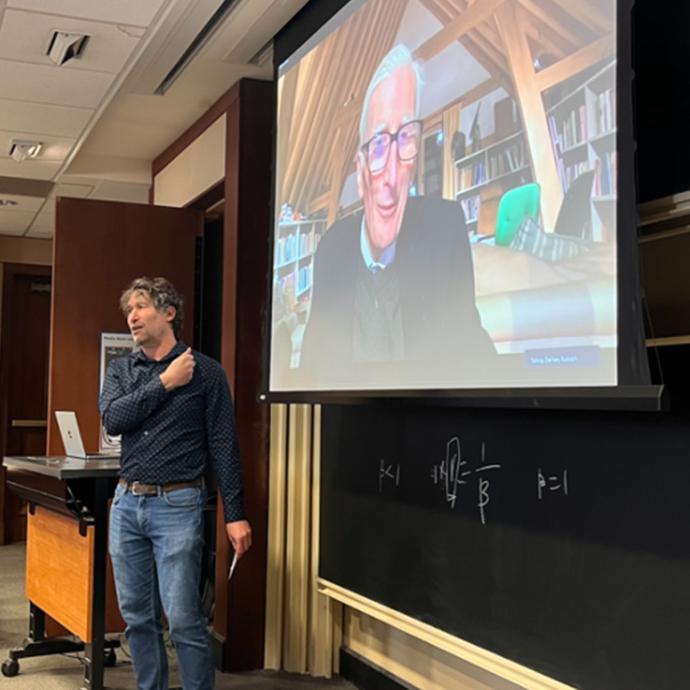
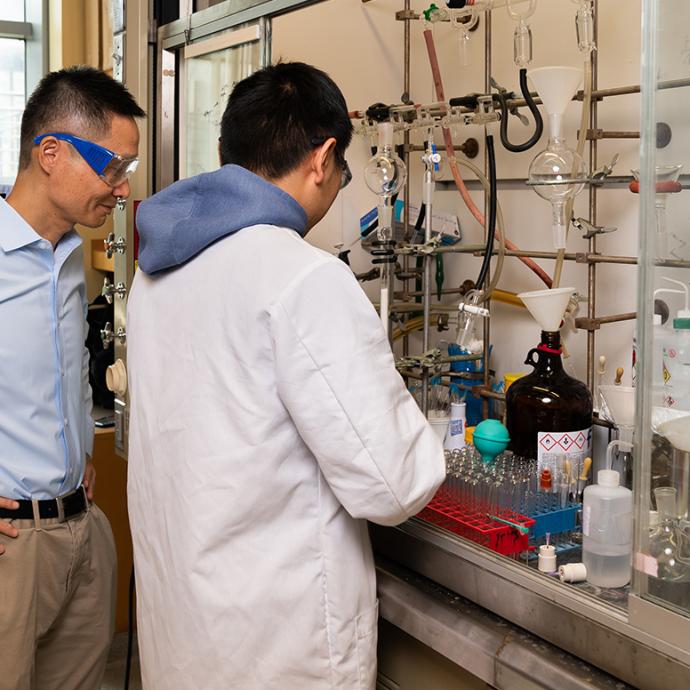

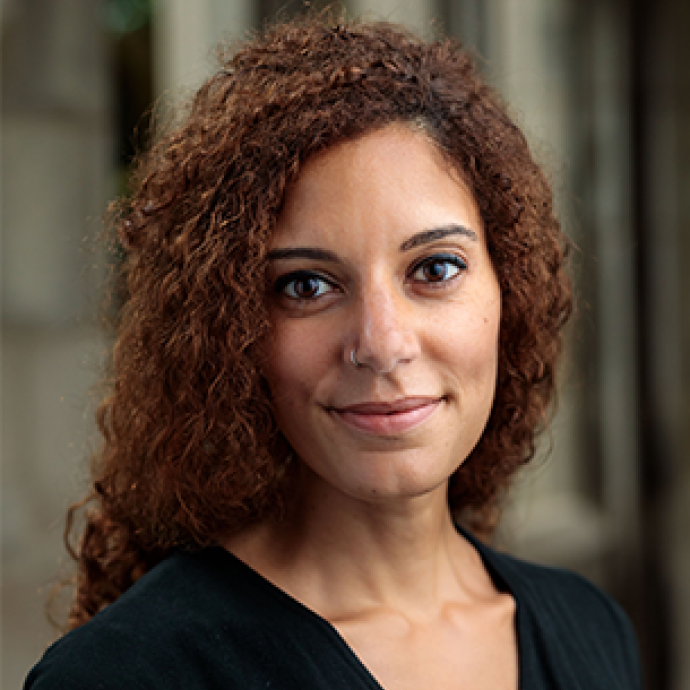




 —Prof. Chuan He
—Prof. Chuan He
